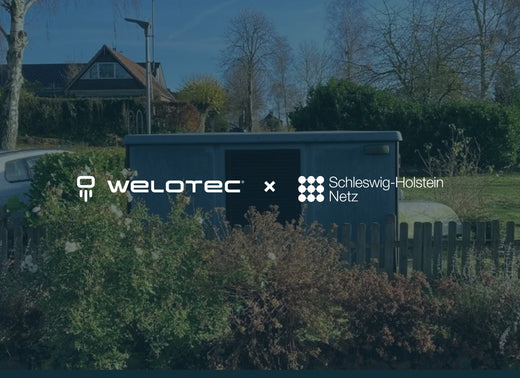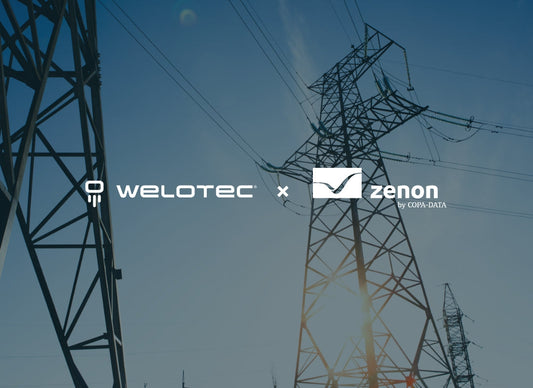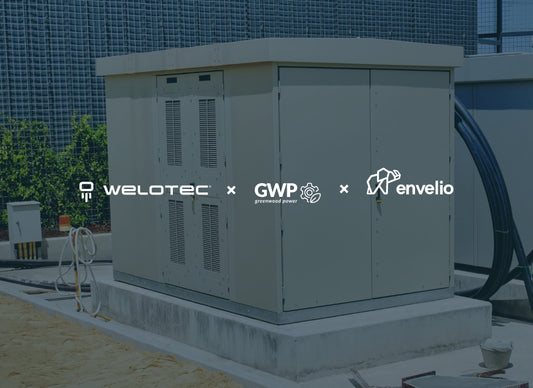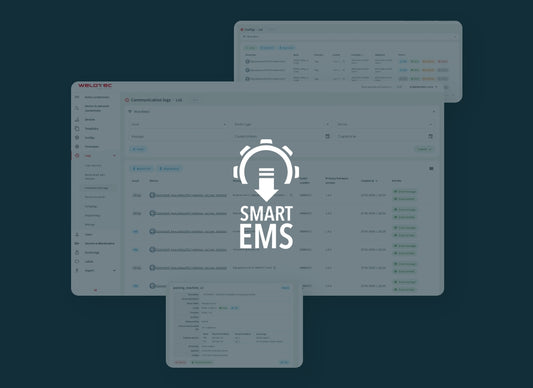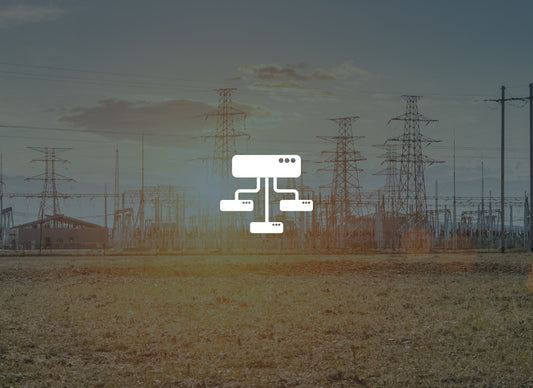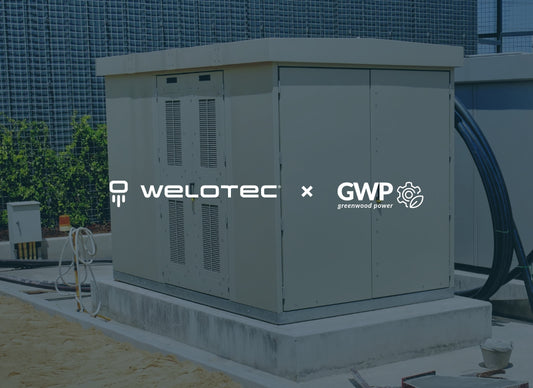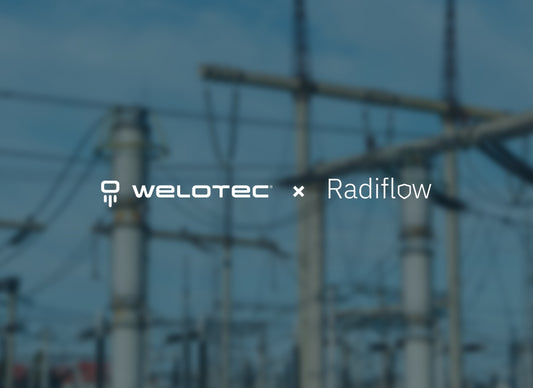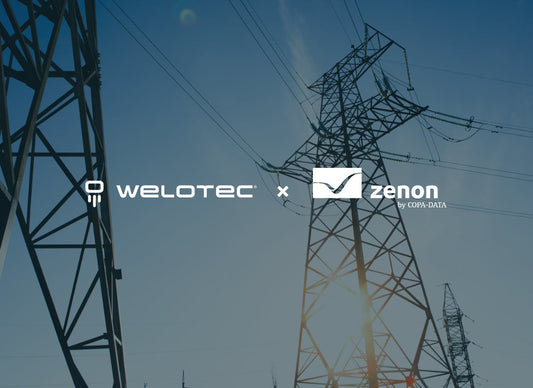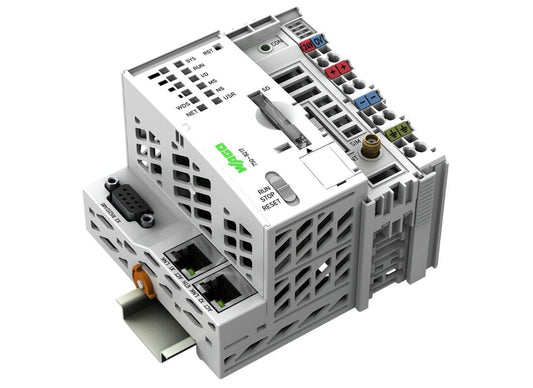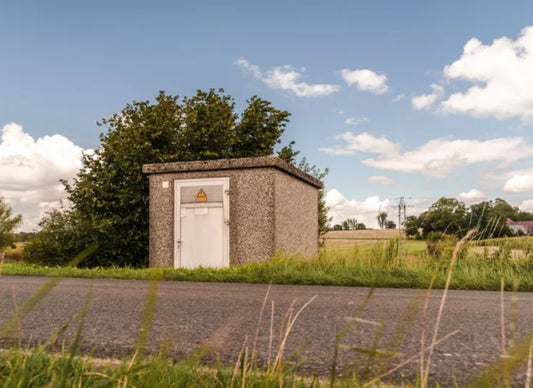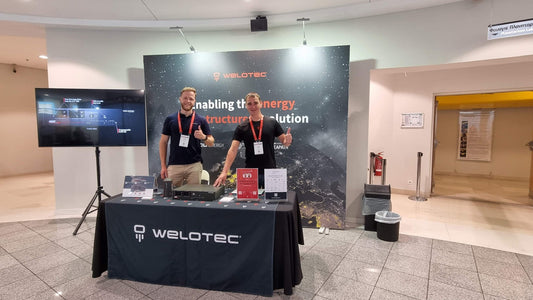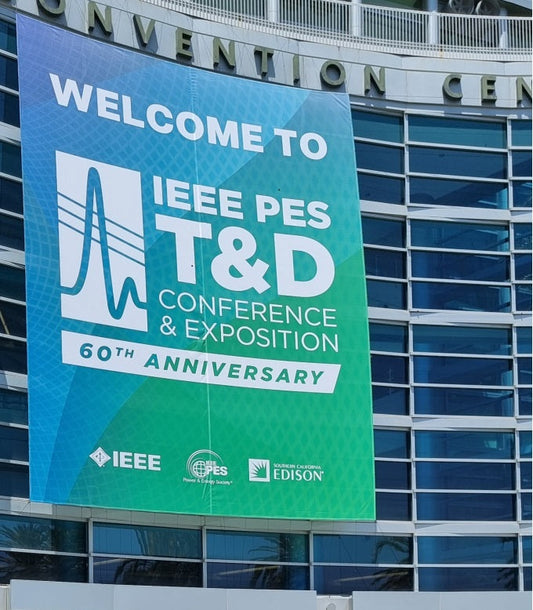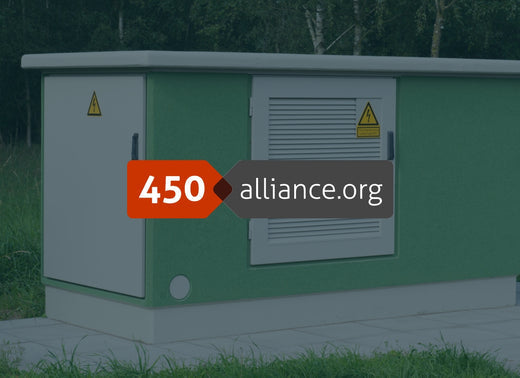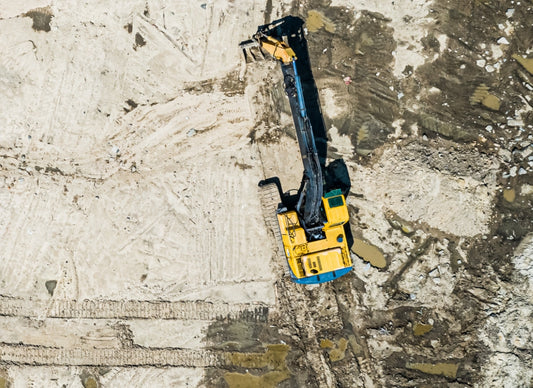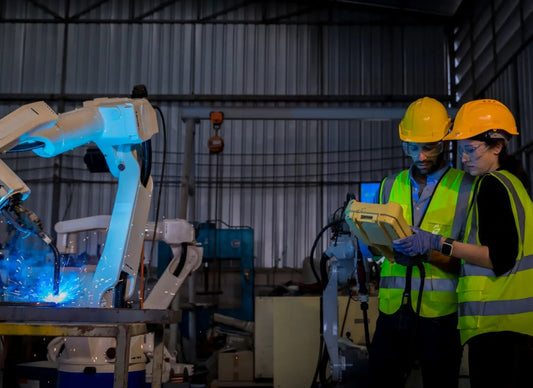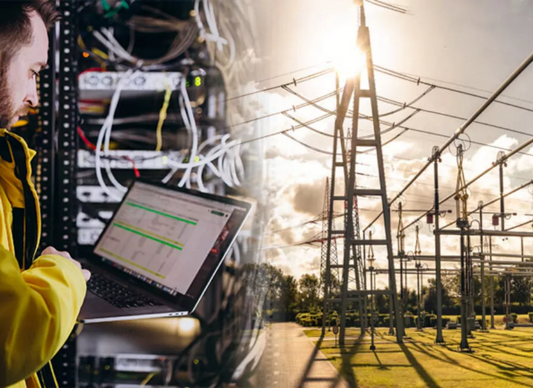Radio planning and antenna selection
Radio planning in terms of mobile coverage and measurement of radio characteristics is essential for the reliability of the system. Based on the data and coverage maps of the operators helps with the choice of technology, which mobile operator to select and what kind of antenna to choose. It also allows to decide if you can use an internal antenna or if you must install an external one.Every radio application stands or falls with the right choice of antenna.In many cases sufficient radio planning is not done, standard antennas have been installed and no signal testing was performed. Not rarely when the connection should be established it is noticed that the signal is too low. Thus, other solutions like reallocation of the standard antenna outside the LV substation or replacement of the antenna with a higher quality antenna or usage of different SIM card and operator.
Different frequencies and performance of wide band antennas
There are different technologies to use like:- 4G LTE – 600 to 2600 MHz
- 5G – 600 to 4000 MHz
- 450 MHz CDMA or 450 MHz LTE – 450 to 470 MHz
4G LTE antenna with high efficiency in 700 to 1800 MHz bands

5G antenna including 4G LTE support

PCTEL® BMLPV5000 is the 5G version of the successful MLPV series. The extremely wide frequency range from 600 MHz to 6000 MHz makes this antenna very flexible in the use of 5G networks. In addition, the antenna can be used in 4G LTE networks and is therefore already a future-proof choice today.
450 MHz LTE antenna for secondary substations

Several energy companies build their own cellular networks. They are using the 450 MHz frequency range. The PCTEL® MLPV430 antenna delivers highest performance for LTE 450 MHz and CDMA 450 applications. Including LTE Band 72 with Cat. M1 and Cat. 4.













